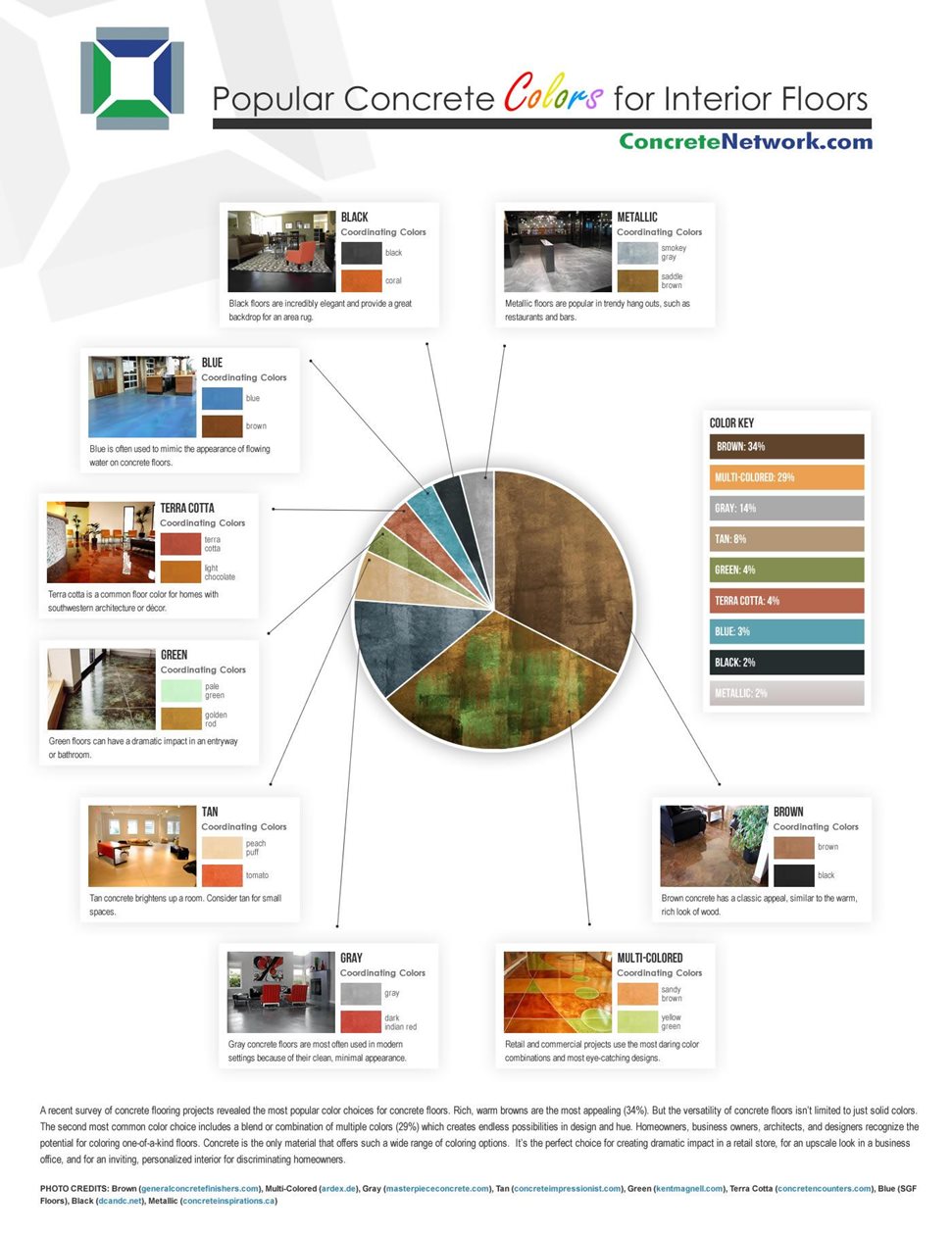Exactly How To Allocate Your Floor Covering Job: A Practical Guide
Exactly How To Allocate Your Floor Covering Job: A Practical Guide
Blog Article
Material Create By-Craven Hvidberg
When you're planning a floor covering project, budgeting isn't nearly picking a number; it's about recognizing what you genuinely require and the costs involved. You'll wish to evaluate your particular demands, research various materials, and anticipate unexpected expenditures. Consider exactly how factors like area objective and installment approaches can influence your budget plan. But before you enter, there are some important details you may forget that might dramatically affect your general prices. Let's explore how to navigate these complexities and ensure your project stays on track.
Assessing Your Floor Covering Needs
Prior to diving right into your floor covering project, it's critical to evaluate your flooring needs. Beginning by thinking about visit the following post where you intend to install brand-new flooring. Think about the purpose of each room. For example, kitchens and bathrooms call for water-resistant materials, while living areas could benefit from convenience and aesthetics.
Next, evaluate the status quo of your floorings. Exist grey epoxy garage floor of structural problems, such as unequal surface areas or moisture problems? Addressing these concerns beforehand can conserve you time and money down the line.
Likewise, bear in mind of the measurements of each space to determine how much flooring you'll require.
Do not forget to consider your way of living. If epoxy flooring matte finish have family pets or young youngsters, toughness might be your leading concern, while a more formal area might require an extravagant surface. Additionally, consider your design preferences. Do you favor a classic look, or are you attracted to modern styles?
Finally, be sensible about how much maintenance you want to dedicate to. Some materials require even more maintenance than others. By comprehending your demands plainly, you'll be much better furnished to make enlightened selections as you move forward with your floor covering job.
Estimating Costs and Products
Estimating costs and products is a pivotal step in your floor covering project that can considerably influence your overall budget plan. Start by gauging your room properly to identify just how much flooring you'll need. For a lot of materials, you'll locate rates by square foot, so accumulate quotes from numerous providers to obtain a reasonable figure.
Next, take into consideration the type of flooring you desire. Options like hardwood, laminate, ceramic tile, or carpet all featured various cost points. Study the expenses for every and consider any type of additional products like underlayment, adhesive, or change strips.
Don't neglect to include devices if you're planning a DIY installation, as renting or buying equipment can contribute to your costs.
Labor costs are an additional essential consideration. If you're hiring professionals, get estimates from multiple specialists to guarantee you're getting a fair price. Be clear about the extent of job to stay clear of unforeseen costs later on.
Lastly, it's wise to set aside a small percentage of your allocate any unanticipated expenses associated with products. By completely estimating your prices and products upfront, you'll establish yourself up for a smoother and extra manageable floor covering project.
Planning for Hidden Expenditures
Numerous homeowners neglect the surprise expenses that can occur during a floor covering job, which can cause spending plan overruns. To avoid this, you require to prepare for possible added costs.
First, take into consideration the condition of your existing subfloor. If it's harmed or uneven, you'll likely need repairs or progressing, which can add substantially to your overall expense.
Next off, consider removal and disposal costs for your old floor covering. Numerous specialists bill extra for this service, so variable that right into your budget plan.
Furthermore, don't ignore the expenses of underlayment, which might not be included in the first quote however are necessary for a successful installation.
You ought to likewise plan for unforeseen complications, such as pipes or electrical work if your floor covering project involves relocating fixtures. It's a good idea to allot a minimum of 10-15% of your overall allocate these unexpected expenses.
Finally, keep in mind that licenses might be needed for sure setups. Constantly examine neighborhood guidelines to stay clear of fines or hold-ups.
Verdict
In conclusion, budgeting for your floor covering task is vital for an effective result. By assessing your requirements, approximating costs, and planning for hidden expenses, you'll prevent shocks and remain on track. Bear in mind to set aside a section of your budget for unexpected expenses and maintain a detailed break down of your expenditures. With mindful planning and consideration, you'll create a stunning area that fulfills your requirements without breaking the financial institution. Happy floor covering!
